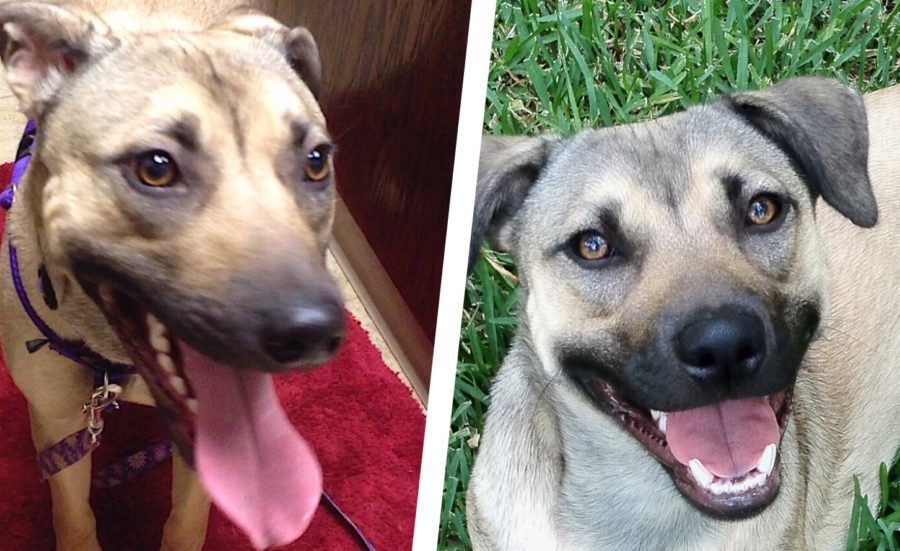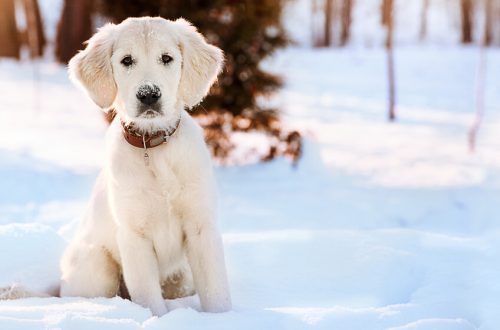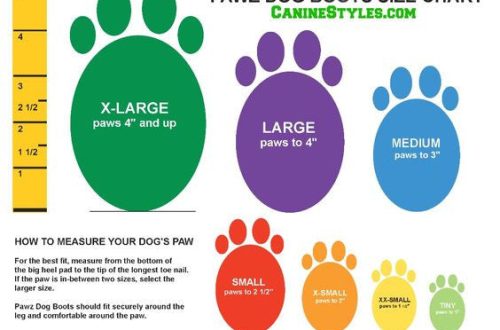
Да ли се мој пас смеје или дахће?
After a long, intense walk, you notice that your dog is smiling from ear to ear. You know that she loves such walks, and you do not allow any other interpretation of her “facial expression”. However, just because a dog looks happy doesn’t mean it’s really happy.
Every owner needs to learn to “read” the body language of dogs. This will help you understand what is happening with the pet, what he needs and how to properly care for him.
Садржај
Is the “smiling” dog happy?
Dogs do open their mouths wide when they are relaxed or happy. But this “facial expression” does not always mean that they are happy.
Usually, if the dog is happy, his ears are relaxed, his gaze is soft, and his mouth is wide open. She will also want to play with you. For example, he will offer a game bow or run around, inviting you to play.
If the dog’s ears are flattened and the tail is tucked in, the coat is rearing, it moves slowly, whines, licks its nose, and its body is tense, it may be frightened and not eager to communicate. Even if it seems that she is “smiling” at this time, this does not at all indicate her happiness.
Smiling or heavy breathing?
You may think that your dog is “smiling” when he is actually panting. If the dog is panting, his mouth is wide open, his eyes are too, his ears are flattened, and his breathing is heavy and fast. In this way, she tries to cool off, but does not express happiness.
Dogs breathe heavily after intense exercise, especially in the heat. Older dogs, as well as dogs with health problems and brachycephals, such as Boston Terriers, Pugs, Bulldogs, etc., pant more frequently than their more prosperous relatives.
Heavy breathing is a normal behavior, but if your dog is breathing too heavily, or if it happens for no apparent reason (not hot, not exercised, etc.), it may indicate a health problem. In this case, contact your veterinarian as soon as possible.
What should I do if my dog is breathing heavily?
If your dog is panting because of the heat, move him to a cooler area. Make sure your pet has access to clean, cool water. You can apply a towel soaked in cool (but not cold) water to the dog’s body. If this does not help, you should contact your veterinarian.
You can make life easier for your dog if you let him into a cool room in the heat, provide constant access to water, do not exercise too much and get regular check-ups with the veterinarian. Never leave your dog in the car alone in the heat.
How to understand dog body language?
It is very important to learn to understand the dog’s body language. For example, if you mistook heavy breathing for a “smile,” you might miss heatstroke. Or “smiling” can be a sign of extreme stress. And if you decide to play with a “smiling” dog that is actually scared, he might bite you out of fear.
Some people even manage to mistake a grin for a “smile”! And if you yourself can distinguish these manifestations, is your child capable of this? Make sure your kids understand the body language of dogs to keep them safe.
So, “smile” does not always mean that the dog is happy. This could be a sign of overheating or even heat stroke. Also, the dog may be frightened or overexcited. Understanding the true nature of the “smile” is essential to understanding what your dog needs and to ensure both your safety and their safety.







